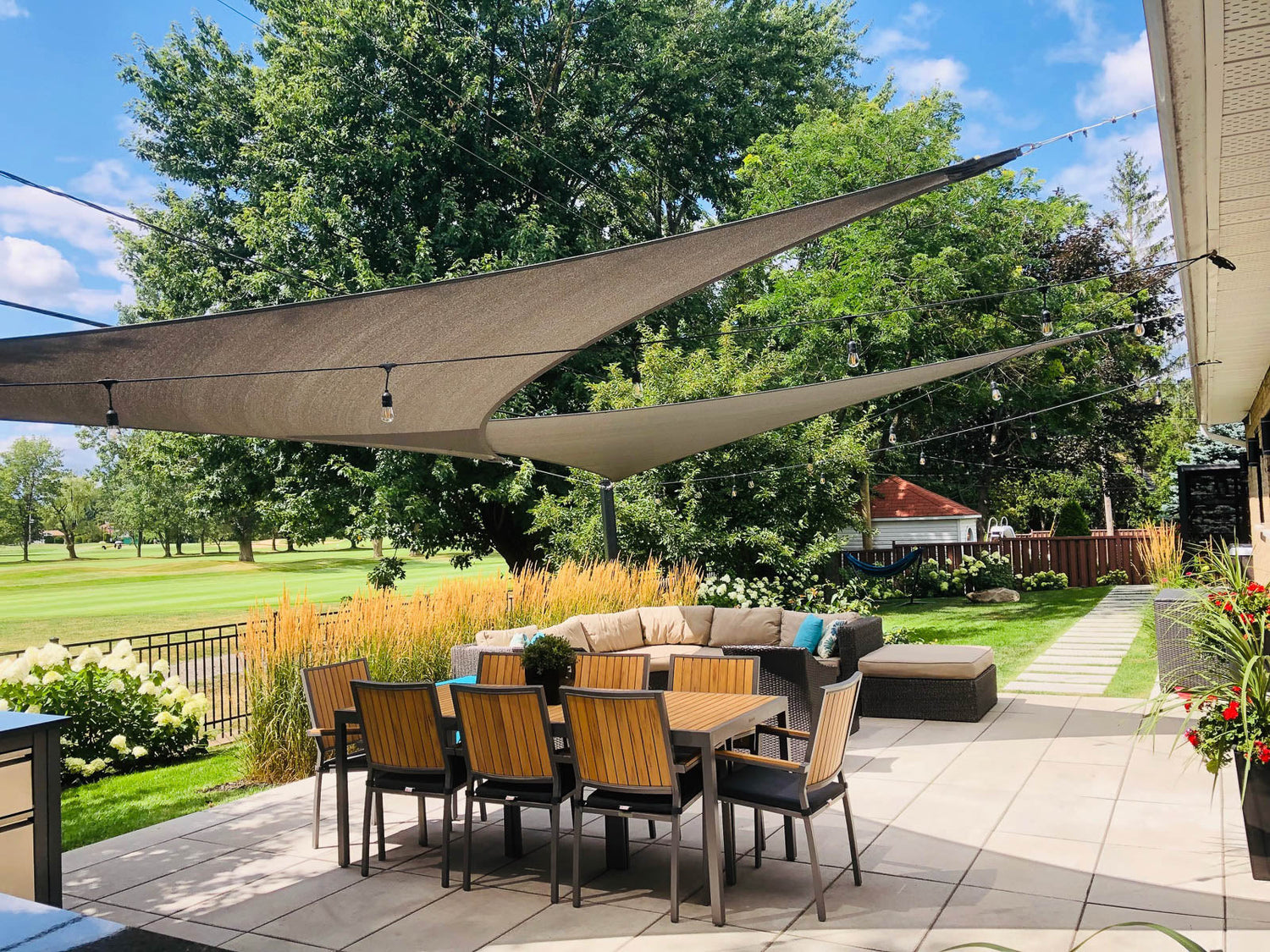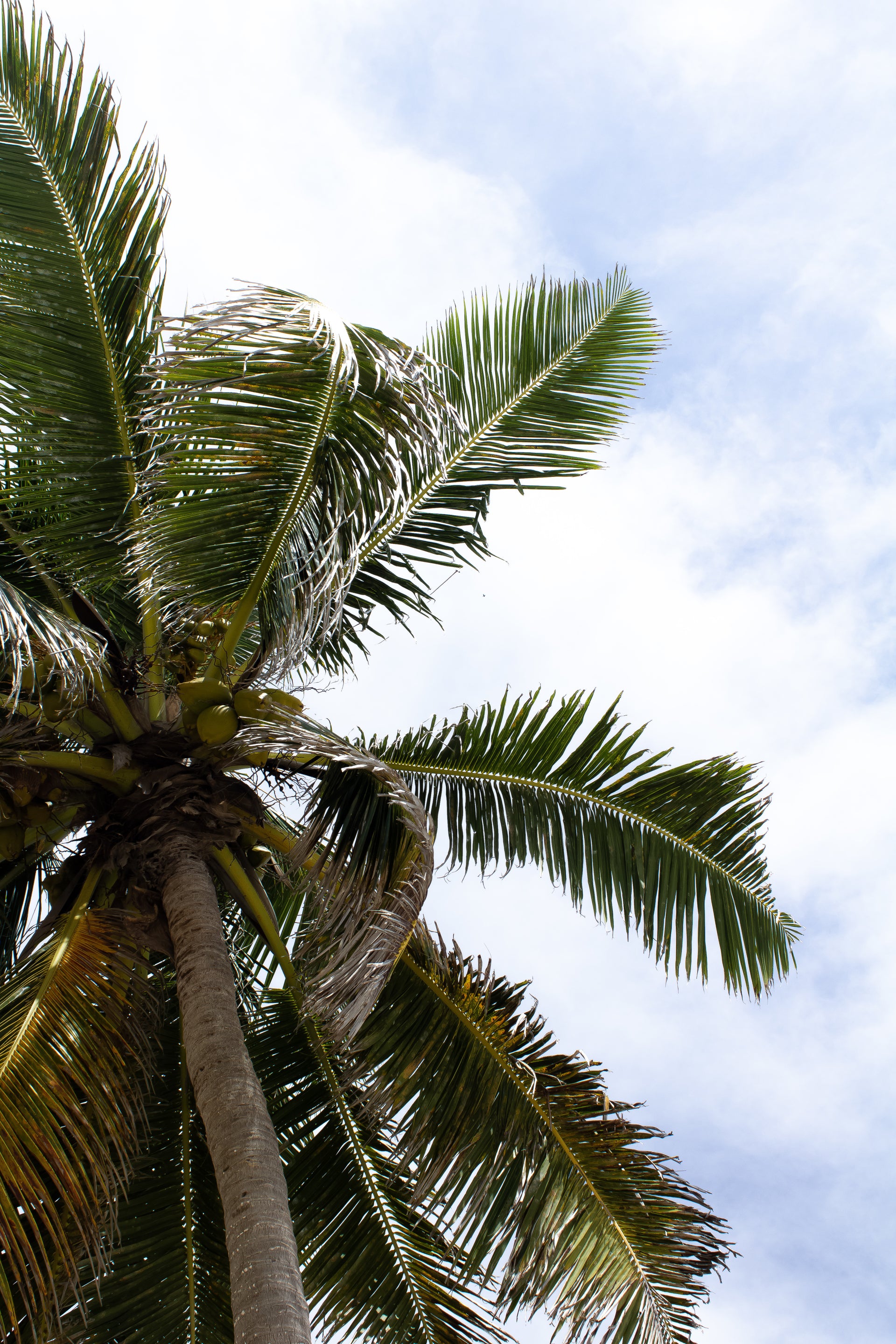Our YouTube channel includes detailed installation guides, frequently asked questions, product overviews and lots more. We are always open to content ideas so please let us know if there is a topic you would like us to cover.
How to Enhance Outdoor Dining Areas with Shade Structures

Outdoor dining shade is a key element in creating a welcoming and enjoyable dining experience. Whether you’re a homeowner transforming your backyard or a restaurant owner enhancing your patio, incorporating the right shade structures can elevate both comfort and style. By providing protection from the sun and adding visual appeal, these solutions turn any outdoor dining space into a more functional, inviting, and versatile environment.
Who Needs Outdoor Dining Shade Structures?
Shade structures are beneficial for:
- Homeowners: If you love hosting family gatherings, barbecues, or simply enjoy dining outside, an effective shade solution will enhance comfort and usability.
- Restaurant Owners: Expanding your outdoor seating with shaded areas can attract more customers, particularly during hot or sunny weather.
- Event Planners: Those organizing outdoor events, from weddings to festivals, will find that shaded dining areas improve guest satisfaction.
What Types of Shade Structures Are Available?
When it comes to outdoor dining shade, several options are commonly considered:
- Pergolas: These provide a stylish, partially shaded (limited size and coverage) area that can be enhanced with climbing plants or retractable covers.
- Awnings: Usually attached to a building, retractable awnings offer flexible shade solutions suitable for tighter spaces. (Limiting in size and coverage)
- Shade Sails: Modern and dynamic, these can be stretched across various anchor points, providing extensive coverage and a contemporary look and cover very large spaces offering the best value for your dollar.
- Canopies: Freestanding structures that can be easily moved and adjusted, making them ideal for temporary dining setups.
- Gazebos: Offering 360-degree shade, gazebos provide comprehensive coverage and can be designed to fit various aesthetics.

When Should You Install Shade Structures?
Timing your installation can maximize the benefits:
- Seasonal Consideration: Install shade structures before the peak of summer or before opening an outdoor dining area for the season. This ensures guests will have a comfortable place to dine when the weather is ideal.
- Event Planning: If you're planning a significant outdoor event, make sure to install shade structures well in advance, allowing time for any necessary adjustments.
Where Should Shade Structures Be Placed?
Strategic placement is crucial:
- High-Traffic Areas: Areas where guests or diners congregate the most, such as outdoor dining tables or lounging spaces.
- Sun-Exposure Zones: Identify parts of your outdoor dining area that receive the most sun throughout the day and prioritize these spots.
- Near Entry Points: Shielding areas close to entrances can also be beneficial in enhancing the comfort of transitioning between indoor and outdoor spaces.
Why Are Shade Structures Important?
The importance of outdoor dining shade cannot be overstated:
- Comfort: Shade structures significantly reduce exposure to harmful UV rays, keeping the dining environment cooler and more pleasant.
- Aesthetic Appeal: Thoughtfully designed shade elements can elevate the visual appeal of your dining space, creating a more enjoyable ambiance.
- Versatility: Many shade structures can be adjusted or retracted, allowing flexibility based on weather conditions or time of day.
- Extended Usability: With adequate shading, outdoor dining areas can be used more frequently and for longer durations, maximizing the utility of your space.
How to Choose and Install Shade Structures?
Selecting and installing the right shade structure involves several considerations:
- Assess Your Space: Measure the area where you intend to install the shade structure, considering the sun's path and existing landscape features.
- Choose Materials: Opt for durable materials that can withstand various weather conditions, such as treated wood, aluminum, or UV-resistant fabric.
- Hire Professionals: For complex installations, especially those requiring structural support, hiring a professional can ensure safety and durability.
- Maintenance: Regular cleaning and inspection will prolong the lifespan of your shade structure, maintaining both functionality and aesthetic appeal.
FAQ: Outdoor Dining Shade
Welcome to our outdoor dining shade FAQ! Whether you’re upgrading a cozy home patio or designing a restaurant terrace, here are the most common questions and essential answers to help you create a shaded, stylish, and comfortable dining space.
What are the best shade options for outdoor dining areas?
Popular choices include:
-
Pergolas: Versatile and elegant, great with climbing plants or fabric covers.
-
Awnings: Fixed or retractable, ideal for flexible shade.
-
Shade Sails: Sleek and modern, available in many shapes and sizes.
-
Umbrellas: Easy to move and adjust as needed.
-
Gazebos & Pavilions: Permanent options that offer full coverage and style.
How does shade improve an outdoor dining space?
Shade structures enhance comfort by reducing heat and blocking UV rays. They also:
-
Protect guests and furniture from sun, rain, and wind.
-
Elevate the aesthetic appeal of your space.
-
Extend your usable living and dining area into the outdoors.

What should I consider before choosing a shade structure?
-
Purpose: Daily meals, entertaining, or cozy lounging?
-
Climate: Pick sturdy, UV-resistant materials for your weather.
-
Size & Layout: Measure your space and plan the structure’s placement.
-
Materials: Choose low-maintenance, weather-resistant options.
-
Budget: Balance upfront cost with long-term value.
Can I install a shade structure myself?
Yes — simple options like umbrellas and shade sails are DIY-friendly with basic tools. For larger structures like pergolas or retractable canopies, professional installation ensures safety, durability, and compliance with local building codes.
Conclusion
Choosing the right outdoor dining shade solution transforms how you enjoy meals outside. From flexible shade sails to elegant pergolas, the right setup adds comfort, beauty, and functionality to any dining space. With thoughtful planning and the right installation, your outdoor dining area can become a welcoming, year-round retreat.



